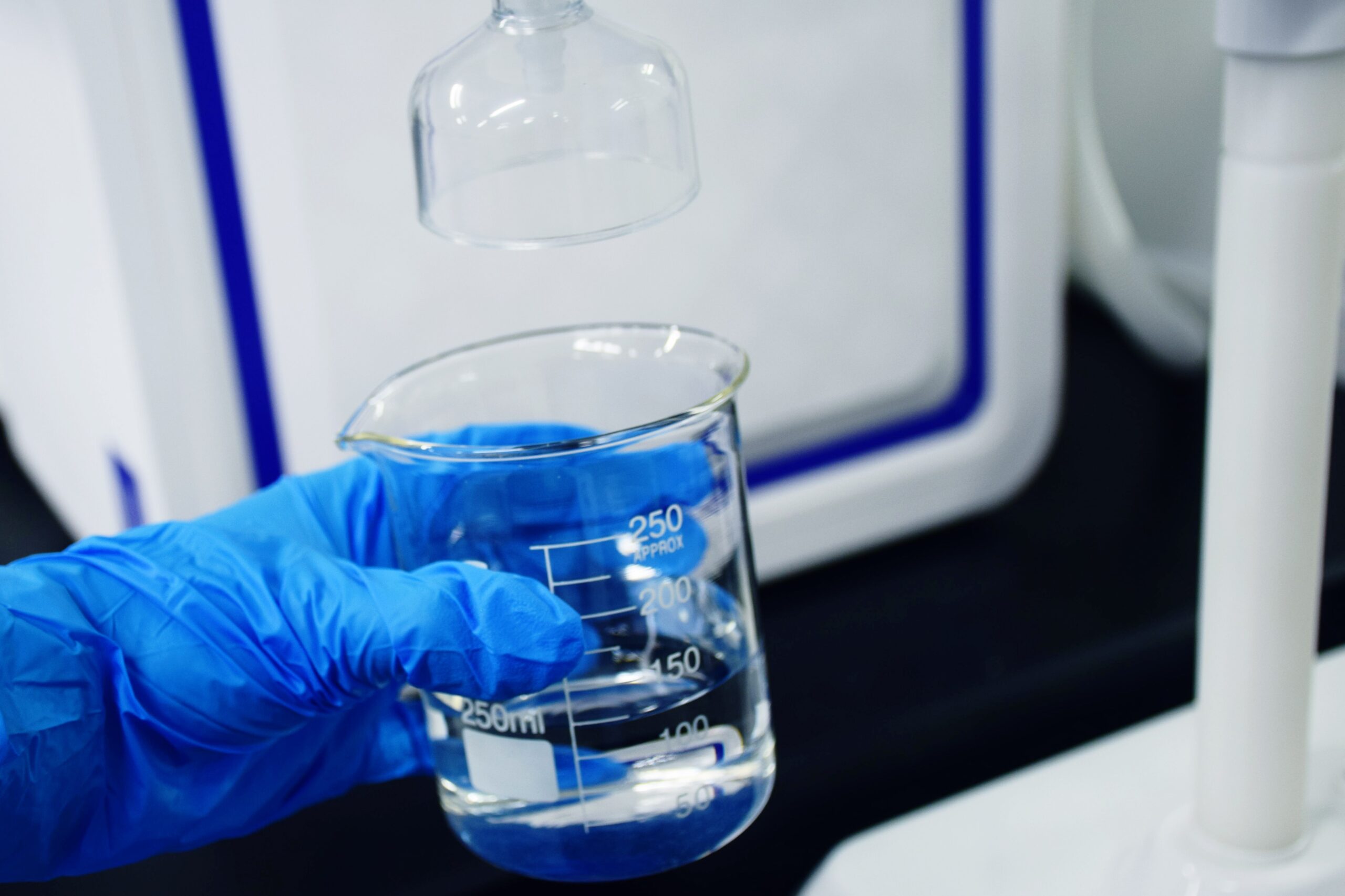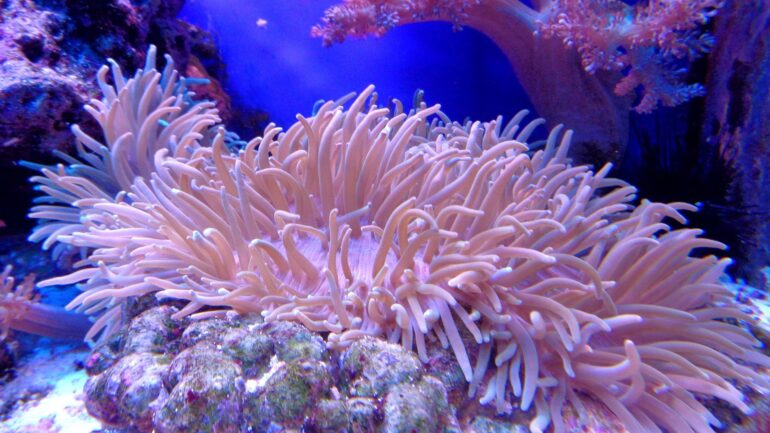By Lauren Hansen, Staff Researcher/Writer at Save the Water™ | September 23, 2021
Researchers at Tufts University have designed a synthetic polymer membrane that can separate fluoride from chloride and other small ions in water. This development could have a positive impact on the health of millions of people worldwide as well as on our environment.
What do the new synthetic polymer membranes do?
The new synthetic polymer membranes mimic biological cell membranes. The research team at Tufts used biological membranes as inspiration because these membranes are highly selective. This means that they are good at (dis)allowing ions to come in and out of the cell. This new filtering method through synthetic membranes is twice as selective as other methods.
How is this new filtering method different from others?
Current filtering membranes can only separate molecules that are significantly different from each other in size and charge. Furthermore, current membranes cannot distinguish between different single-atom ions. This is because single-atom ions are smaller and basically have the same level of charge.
The new membranes, however, can distinguish between small, single-atom ions that have very similar electric charges. They allow for finer precision in separating tiny ions. In addition, the new synthetic polymer membrane is also relatively inexpensive compared to other methods. Some of these other methods include high-pressure filtration and the process of completely purifying the water supply before subsequently remineralizing it.
What are the potential applications of this synthetic polymer membrane?
The new membrane could have a positive effect in the areas of public health and industrial production.
Since the synthetic polymer membrane can separate fluoride from chloride, it could reduce cases of fluorosis. Fluorosis is a disease caused by overexposure to naturally-high fluoride levels in the water supply. Those diagnosed with fluorosis may experience weakened teeth, calcified ligaments and tendons, and other bone deformities. Scientists are encouraged that applying this membrane to the public water supply may decrease cases of fluorosis around the world.
This new membrane technology can also be scaled up for industrial use. For example, it can help clean agricultural water supply and clean up chemical waste in the water supply as well. It can also improve the yield on ore extraction of elements that we use in order to manufacture lithium ion batteries, for example.
What is the future of synthetic polymer membranes?
Researchers at Tufts and its funding sources will explore and test how this filtering method can be scaled up for industrial use.





